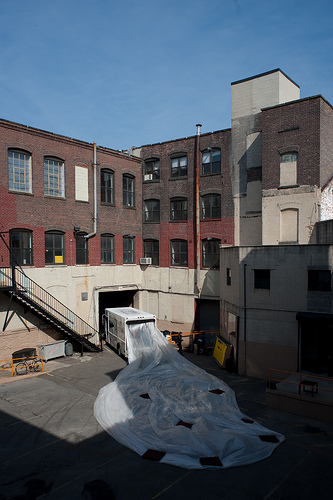
Here's a reason to be a vegetarian or, at least, a semi-veggie: Trimming your meat consumption by 30% would benefit you and the rest of the planet, according to research reported by Reuters.
The most meat-loving nations would have healthier citizens and also would reduce carbon emissions, scientists said.
Researchers in Great Britain and Australia have found that certain measures, like reducing fossil-fuel dependence in farming, aren't enough to meet emissions targets, reports Reuters.
But if these steps were combined with a 30% cutback in livestock breeding in key meat-producing nations, and a similar reduction in meat consumption, there would be "substantial population health benefits" and reduced emissions.
So, how much healthier would people be if they passed on the steaks and burgers?
The study, published in The Lancet medical journal, noted that in Great Britain alone, a 30% smaller intake of animal-based saturated fats by adults would slash the number of premature deaths from heart disease by 17%, says Reuters.
And Sao Paolo, Brazil, would have 1,000 fewer premature deaths a year if residents cut back on meat eating by 30%, Reuters notes.
Some 18% of all greenhouse-gas emissions can be attributed to meat production, according to the UN's Food and Agricultural Organization.
By 2030, rising demand for meat could drive livestock production up by 85% from 2000 levels, Reuters reports.

















































